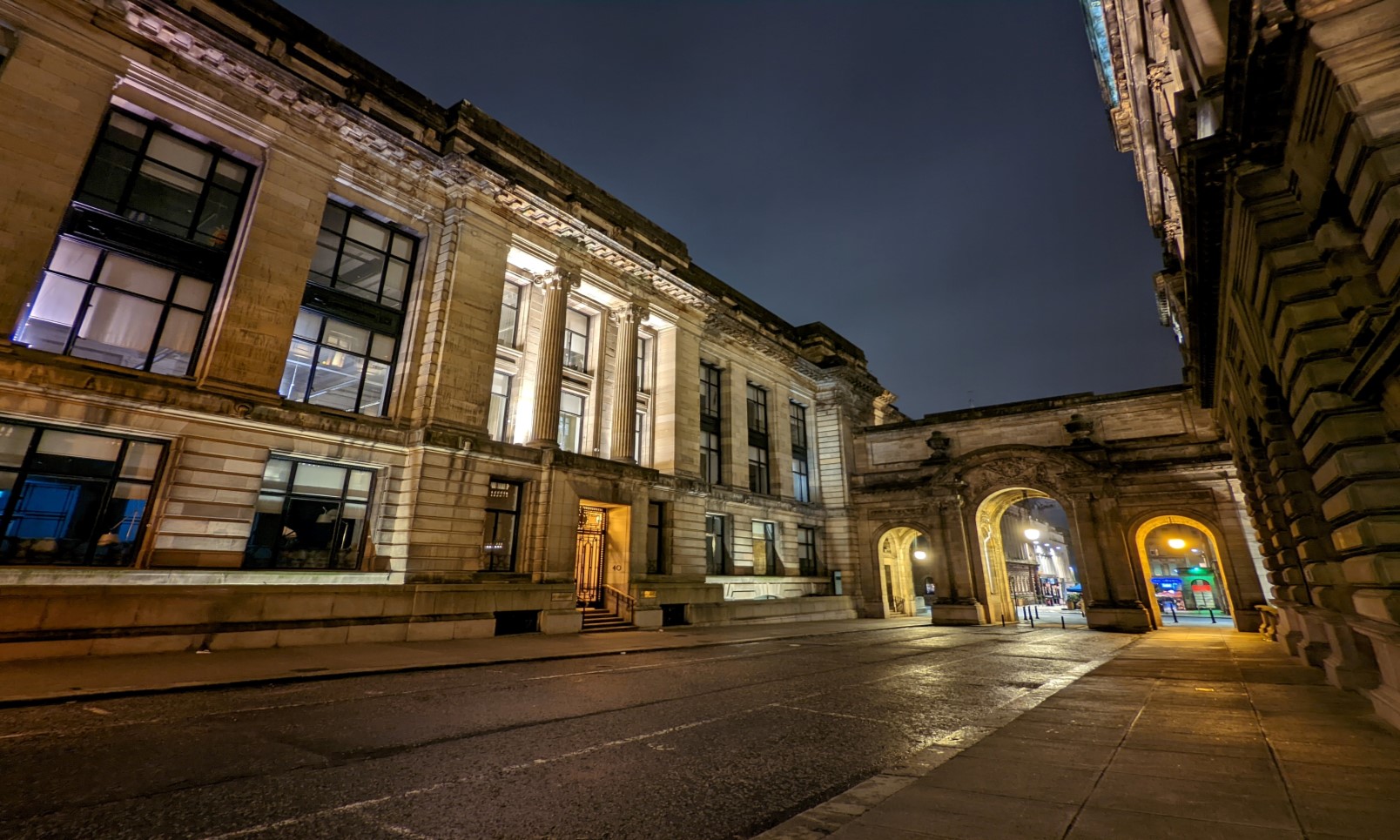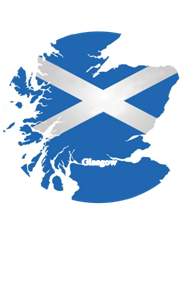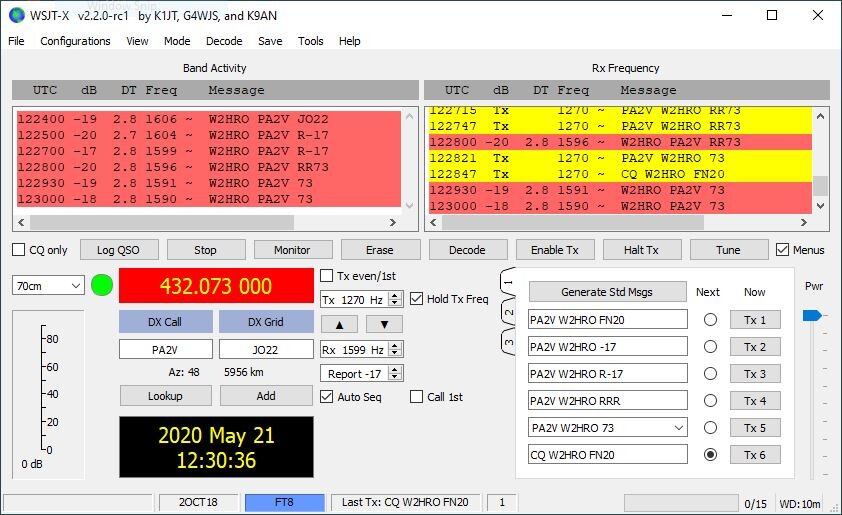The news headlines:
Latest RSGB Convention information
Anyone lost a trailer mast?
GB2RS Newsreader stands down after 40 years
GB2RS Script – HERE .
CLUB NEWS
We start with a vacancy for a 2m newsreader in the Perth area. Work commitments mean regular newsreader Paul, GM6MEN, will be unable to continue for the time being—until at least May 2021. One, or preferably two, volunteers are needed to take over. Volunteers must have a 2m FM station with good coverage of Perth and the surrounding area, hold a Full Licence and be a Member of the RSGB. If you are interested in joining the team, contact Steve Thomas, M1ACB, via gm.dept@rsgb.org.uk.
Now, before we turn to the events, a reminder to check with organisers before travelling, as events mentioned here may be affected by fluctuating pandemic precautions. Above all, please observe all national or local restrictions, including social distancing and wearing face coverings where required.
The Viking Amateur Radio Net runs daily from 0500 to 0600UTC on 3.770MHz. See the group’s Facebook page for more details.
Dundee Amateur Radio Club continues International Air Ambulance Week activities this week. Today sees the VHF 2m contest. Sundays also see an open net, via GB3AG, from 7.30pm. On Tuesday, there’s a club night with training. Saturday also sees the start of activities for International Air Ambulance Week. Contact Martin, 2M0KAU, on 0776 370 8933.
Mid-Lanarkshire Amateur Radio Society has a net on Sundays from 10pm on 28.475MHz. On Wednesday it’s the DMR Scotland net on talk group 23550 from 8pm. Friday sees the club Zello chat from 7.30pm, which later moves to 2m. Details at mlars.co.uk.
West of Scotland Amateur Radio Society is watching the Tonight @ 8 presentation on Monday. There’s a daily net on 145.425MHz at 1100hrs, Also 433.425MHz Wednesday’s @ 2000hrs, 145.425 Friday’s @ 2000hrs . See wosars.club for details, where you will also find a list of all known club nets and activities across the region, compiled by RSGB Region 1 Regional Representative Tony Miles, MM0TMZ.
Wigtownshire Amateur Radio Club has a net on Sundays from 7.30pm on GB3DG, which usually moves to Zoom around 8pm. On Thursdays, the net is on GB3DG from 7pm. Members are also invited to join the daily RAYNET net on GB3DG at noon. For details see gm4riv.org.
Ayr Amateur Radio Group has daily nets on 7.035MHz ± QRM at 10.15am, QSYing to 7.065MHz for SSB, and 145.450MHz at 10.30am with CW on 144.295MHz at 7.30pm. On Sundays there a CW net on 144.295MHz from 7pm, and 145.450MHz FM at 7.30pm. Contact Derek, MM0OVD on 0744 793 1941.
Kilmarnock and Loudoun Amateur Radio Club has a net on Sundays from 2pm around 3.720MHz SSB, moving to around 3.540MHz for a CW net after the SSB net ends. On Tuesday there’s a net on 145.475MHz FM from 7.30pm. Contact Len Paget, GM0ONX by email to Klarcinfo@gmail.com.
Glenrothes and District Radio Club has open nets on Monday to Saturday at 10am on 3.790MHz. On Tuesdays and Thursdays, they are also on 145.425MHz at 7.20pm. Supplemental to the VHF nets there will be Morse training. Contact Tam on 07753 526 498.
Paisley Amateur Radio Club has a net from 8pm on 144.550MHz and Zello on Monday. Tuesday sees the club using DMR room 4415 at 8pm. On Thursday there’s a net on 144.550MHz and the Zello channel from 7.30pm.
On Monday, Edinburgh and District Amateur Radio club has its net, starting on 433.525MHz FM at 8pm. Contact Norman, GM1CNH, on 0774 094 6192.
On Tuesday and Saturday, Livingston and District Amateur Radio Society will either have a net or a meeting, as advised by current guidelines. Details from Cathie, 2M0DIB, on 01506 433 846.
On Wednesday, Lothians Radio Society has a net on 144.350MHz SSB at 8pm. Details by email to secretary@lothiansradiosociety.com.
Inverness and District Amateur Radio Society has a net from 8pm on 145.575MHz and via GB7BI or GB7II slot 1 475 on Wednesday. For details, email InvernessRadioSociety@gmail.com.
The Lomond Club will be using MB7IBH on 144.9625MHz in the Dumbarton area from 7.30pm on Thursday, and they will be also connected on EchoLink using the same gateway. More from Barrie, GM4HEL by email to gm0kzx@googlemail.com.
Stirling and District Club is now open for Thursday evening and Sunday morning sessions. There is a net on GB3FE on Mondays from 7pm. There are live web presentations on the club’s YouTube page. For details, email secretary@gm6nx.com.
On Friday, Strathclyde Park Amateur Radio Club runs a net from 7.30pm on 145.400MHz, and also on the BATC channel from 8pm. Contact Bill, MM0SFB for information.




